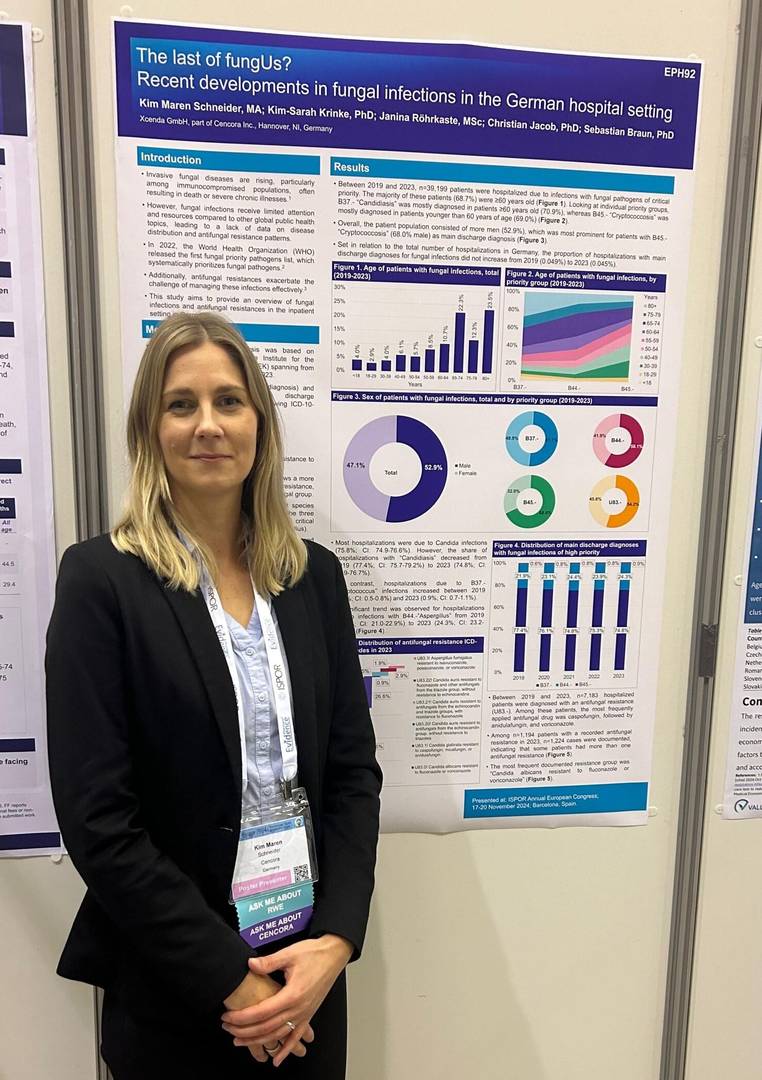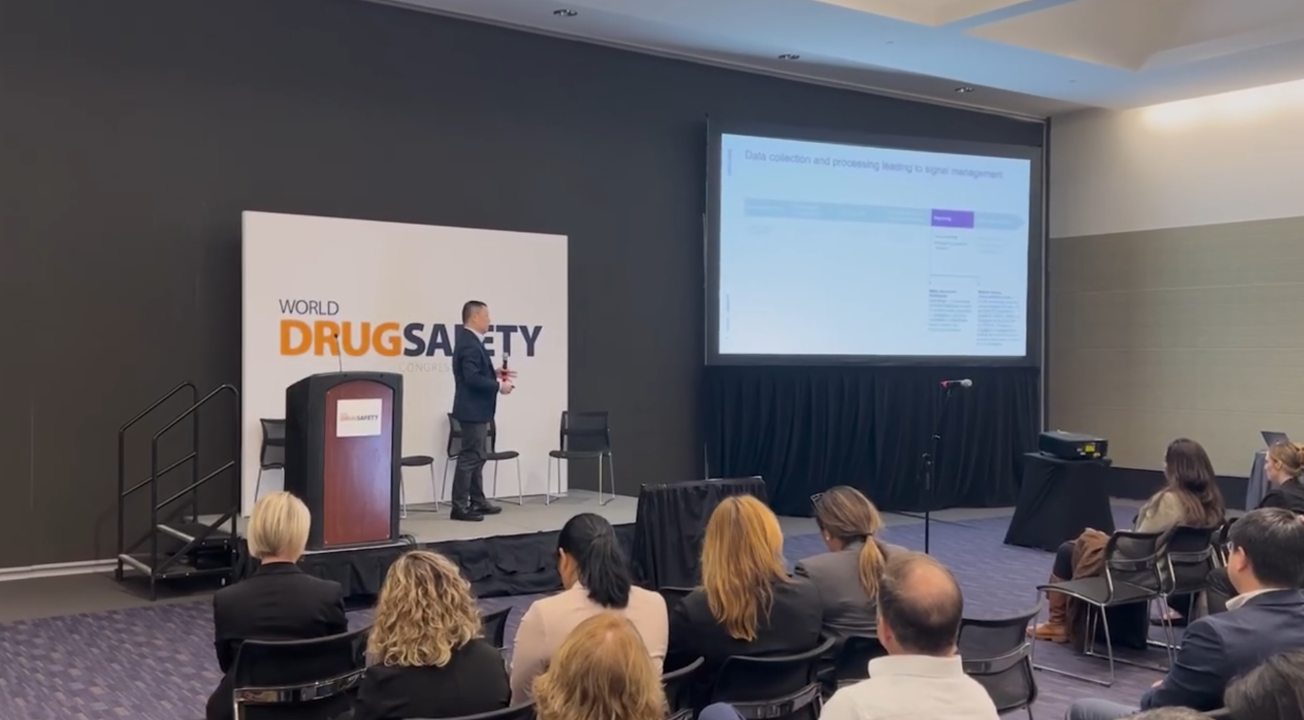Insights from ISPOR 2024: Examining the fungus among us

5 questions with Kim Maren Schneider
At ISPOR 2024, Cencora team members presented research posters on a variety of topics in the health economics and outcomes research space. We took the opportunity to chat with them about their work and its potential impact. Here, Kim Maren Schneider, MA, Associate Director, EU Real World Evidence at Cencora answers questions about the poster, “The last of fungUs? Recent developments in fungal infections in the German hospital setting.” Kim-Sarah Krinke, PhD; Janina Röhrkaste, MSc; Christian Jacob, PhD; Sebastian Braun, PhD served as co-authors.
*Available in English only
What has inspired this research?
In 2022, the World Health Organization (WHO) released the first fungal priority pathogens list, which systematically prioritizes fungal pathogens, since invasive fungal diseases are rising. Due to coding limitations preventing exact species identification of fungal pathogens, our assessment focused on the three fungal genus classifications from the WHO critical priority group (Cryptococcus, Candida, Aspergillus). Particularly among immunocompromised populations, fungal infections can lead to severe outcomes such as chronic illnesses or even death.
However, fungal infections receive limited attention and resources compared to other global public health topics, leading to a lack of data on disease distribution and antifungal resistance patterns. As a trained public health specialist, it is also personally important to me to raise awareness for such lesser-known public health threats.
Was there a hypothesis that was confirmed through the research?

What are the key takeaways from your research?
Two out of three fungal pathogens from the critical priority list—Cryptococcus and Aspergillus –are showing to become more prevalent from 2019 to 2023 among hospitalizations with these three fungal pathogens.
Another interesting takeaway is that some patients presented with more than one antifungal resistance.
Was there anything in the research that was surprising, that you didn't expect, that you found out?
We did not expect that more men than women were hospitalized with fungal infections which required treatment in the inpatient setting. This split was most pronounced in Cryptococcosis, which had 68 percent/32 percent male versus female patient diagnoses.
What are the next steps from this research?




